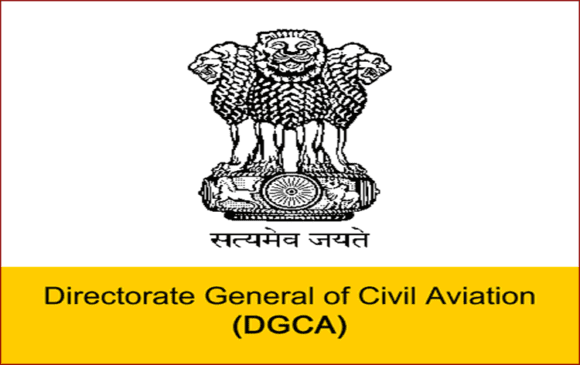Air travel is becoming more stressful in the US – fuller flights than ever and airline consolidation virtually assures things are not going to get better for travelers. Indeed the economic laws of oligopoly teaches us that non price competition is where we are headed. Typically, in a highly competitive environment, low costs are the differentiator in a commodity market, but in an oligopoly, prices remain artificially high and costs matter less. The chances of this meaning anything positive for a traveler is really low.
To take one example of how we might need to look at air travel, we undertook an analysis of the times airlines spend taxiing out to the runways. If airlines want to cut costs, this may be a good place to look. The table lists the taxi-out times in minutes for the ten largest airports in the US.

Over the period the average taxi-out time is 17.1 minutes. It has not changed much, with summer peaks at about 19 minutes. There are some noteworthy details. JFK takes on average 41% more time to taxi-out than at the other listed airports. Newark takes on average 18% more time. In all likelihood, travelers flying out of these two airports are not surprised by these numbers.
The following chart shows that taxi out times have barley improved and taxi in times have remained static. This is not much progress during a period of otherwise tremendous improvement in airline efficiencies.

Airlines spend a lot of time getting out of airports – typically more than double the time (2.9 times) to taxi out as to taxi in. One would think that airlines might want to work on saving time during taxi out. The economic impact of reducing this time is significant.
Based on DOT data we estimate that the cost to airlines of taxi-out costs at JFK and Newark to be worth millions of dollars. We calculated the average cost per minute for operations and then reduced this by 50% for taxi costs, since engines are at idle with low fuel burn compared to takeoff and cruise thrust. The chart illustrates the estimated costs. Note this is estimated taxi costs to airlines only. The number rises considerably if you were to compute a value of traveler time; which despite the view of the airlines, is not zero.

Our analysis indicates that taxi-out times at New York’s two biggest airports is easily worth over $50m per quarter to the US airline industry. It would be higher if we could add the times for foreign airlines because they are suffering the same taxi times.
The issue applies to every big airport: in the 3Q13, we estimate Atlanta’s taxi-out times at $67.4m, Chicago O’Hare $45.7m, LAX $40.1m, SFO $30.4m, DFW $33.97m. The numbers are surely worth paying attention to.
There are many variables airlines cannot control. But certainly one could expect airlines to improve departure planning. The economic costs are borne by the those buying tickets because airlines pass on these costs.
There is an inefficiency which needs to be fixed so that allows airlines operate more efficiently, ensuring less noise and air pollution at airports, plus an provide opportunity to lower the costs of air travel. If the amount of time it takes to taxi-out requires better airport design or better FAA air traffic control management; then let’s get started with fixing these, too.
Views: 2



